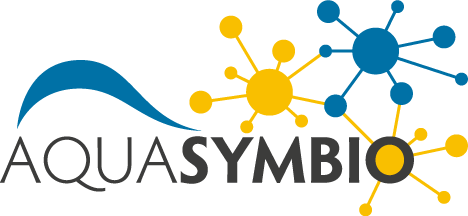Apodinium floodi
Diagnosis
Diagnosis_Genus: Apodinium Chatton 1907. Ectoparasite of appendicularians, attached by a peduncle. Sporogenesis occurs during the trophont stage by palisporogenesis.
Diagnosis_Species: Apodinium floodi McLean & Galt 1990. Individuals reach 890 µm in length, including dinospores yet to be liberated. Divisions of young trophozoite produce sporogenic cells in a single file; further divisions produce a mass of girdled dinospores that are provided with dinokaryotic chromosomes and trichocysts of dinoflagellate type, and that are liberated apically through a rupture in encompassing membranous envelope. Relatively narrow peduncle originates at sporogenic cytoplasm; diameter increases distally, then decreases gradually until host epidermis and muscle plate are penetrated; peduncle crosses host hemocoel, often accompanied by tube of host cytoplasm, until notochord is reached; within host, peduncle with thin septum that separates lumina of 2 thickly walled elements; lumen of each element continuous with that of principal rhlzoid that invades outer region of notochord, between basement membrane and microfibrils, and later branches; rhizoids with dense inner layer, and absorptive outer layer of tubules (= villosities) on both lateral and medial surface; each principal rhizoid with dense, homogeneous condyle. Tumor-like growths in notochordal lumen, and abnormal cytoplasmic proliferations adjacent to rhizoids. Host, Oikopleura labradonensis Lohmann, 1892 (Phylum Chordata, Subphylum Urochordata, Class Larvacea).
Body_length: 890 µm
Etymology
Etymology. The species is named in recognition of Professor Per R. Flood, University of Bergen, who collected many of the organisms used in this study, and who has made major contributions to our understanding of feeding in larvacean tunicates
Type species
The type species for the genus is Apodinium mycetoides
Type illustration / Type locality / Type specimen
Type locality: Marine. Surface waters near San Juan Island, Washington, USA, Lat. 48" 32' N, Long. 123" 00' W
Type material: Syntypes: trophozoites embedded in epoxy resin have been deposited at the National Protozoan Type Collection, National Museum of Natural
History, Smithsonian Institution, Washington, D.C., USA, and given the registration numbers: USNM 42349, 42350 and 42351
Type host: Oikopleura labradonensis.
Ecology
Substrate: epizoic
Sociability_trophonts: gregarious
Salinity: marine
Life cycle
Generation: <1 month
Reproduction_mode: asexual
Symbiont: horizontal
Feeding behaviour
Reference(s)
Observation site(s)
HOSTS
| Association with... | Region origin | Name of site | In reference... |
|---|---|---|---|
| Oikopleura labradoriensis | Washington | San Juan Island |
(1990) Apodinium floodi n. sp., a dinoflagellate (Dinoflagellata: Apodinidae) ectoparasitic on Oikopleura labradoriensis (Urochordata: Larvacea). Diseases of aquatic organisms 9:213-219. |












